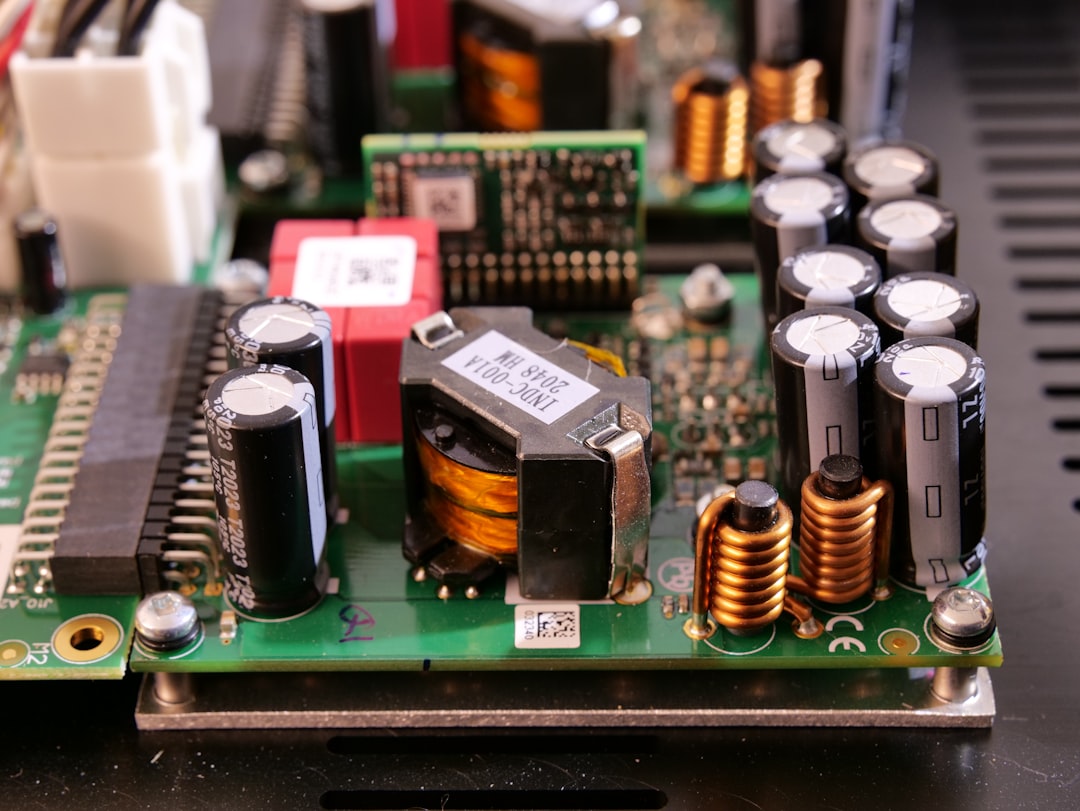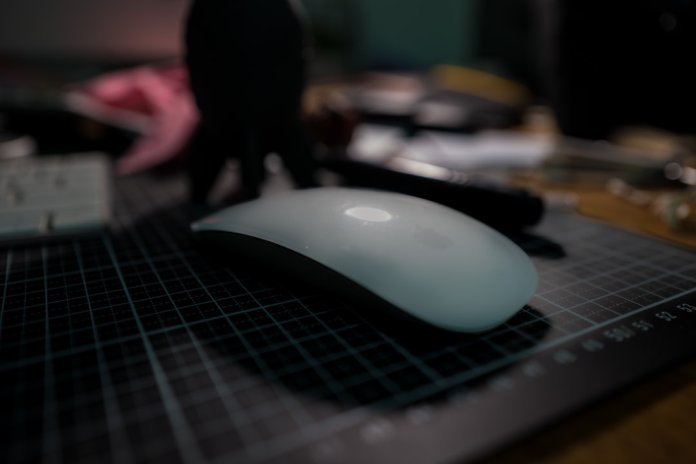Ever had your computer suddenly freeze or your screen go black for no reason? It might be your hardware waving a red flag. Computers are awesome machines, but their parts can wear out over time. Knowing how to spot early warning signs can save you from big headaches later. Let’s walk through the most common signs of failing hardware and how to troubleshoot them like a pro—even if you’re not one!
Common Signs Your Hardware Might Be Failing
Think of your computer like a car. When something’s wrong, it gives you clues. But instead of weird engine noises, computers show other symptoms.
- Random Freezing – Your PC gets stuck without warning.
- Blue Screen of Death (BSOD) – That infamous blue screen with white text is usually not a good sign.
- Unusual Noises – Clicking, grinding, or high-pitched sounds can signal trouble.
- Programs Crash Often – Apps close without warning.
- Slow Boot Times – Your PC used to start quickly, now it crawls.
- Display Glitches – Lines on your screen, flickering, or blackouts.
If you’ve noticed one or more of these, it’s time to play detective!
Step-by-Step: Narrowing Down the Culprit
Diagnosing hardware issues can sound scary, but don’t worry. Here’s a simple approach to figure out what’s wrong.
1. The RAM (Memory)
RAM going bad can cause freezes, crashes, and slow performance.
Signs of RAM Issues:
- Frequent crashes.
- BSOD errors with different codes every time.
- Programs randomly close.
What to Do:
- Use the Windows Memory Diagnostic tool or MemTest86.
- If errors pop up, try removing and reseating the RAM.
- Still not working? Replace the faulty stick.

2. The Hard Drive or SSD
Storage issues are sneaky. They often build up over time.
Signs of a Failing Drive:
- Slow startup and file access.
- Files won’t open or go missing.
- Clicking or grinding sounds (for HDDs).
Pro Tip: Back up your data regularly. Drives can fail without warning!
What to Do:
- For Windows, run CHKDSK from the Command Prompt.
- Use CrystalDiskInfo to check your drive’s health.
- See warnings like “Caution” or “Bad”? Consider replacing the drive ASAP.
3. The CPU (Processor)
Although rare, a dying CPU can cause strange errors.
Signs of CPU Trouble:
- Sudden restarts.
- Overheating and shutdowns under load.
- System won’t post (turn on) at all.
What to Do:
- Check your CPU temperatures using HWMonitor.
- Make sure the cooling fan works and isn’t clogged with dust.
- Apply new thermal paste if needed.
4. The Power Supply Unit (PSU)
The PSU powers everything. A weak or dying PSU can cause chaos.
Signs of PSU Issues:
- Random shutdowns, especially under load (like gaming).
- Components not getting power (no lights, fans not spinning).
- Burning smell or high-pitched whine (yikes!).

What to Do:
- Swap it with a known good PSU (if you have one).
- Use a PSU tester to check output.
- If the PSU is dead or weak, replace it before it damages other parts.
5. The GPU (Graphics Card)
If you notice weird colors, screen flickers, or crashes while gaming, the GPU might be acting up.
Signs of a Failing GPU:
- Artifacts (weird colors, lines) during video or games.
- Screen freezing under graphic load.
- Driver crashes or screen going black.
What to Do:
- Update or reinstall your graphics drivers.
- Try the card in another system if possible.
- If the problems follow the card, it may need replacing.
Easy General Troubleshooting Tips
Sometimes the issue isn’t the part itself—it’s dust, heat, or a loose cable! Try these things before buying new components.
- Open the Case and Clean It – Dust can build up and overheat parts.
- Check All Cables – Unplug and plug them back in firmly.
- Update BIOS and Drivers – Outdated software can cause weird problems.
- Run with Minimal Setup – Disconnect non-essential parts to isolate the issue.

When to Ask for Help
There’s no shame in calling in a pro. If the issue is deep or you’re uncomfortable messing with hardware, go to a technician.
- If you smell burning plastic or hear loud pops—turn everything off right away!
- If multiple parts seem to be failing—it could be a bad PSU hurting components.
- If your computer won’t turn on at all—get it checked before replacing parts blindly.
Preventing Future Hardware Issues
No one likes sudden breakdowns. Here are a few habits to keep your computer happy for years:
- Clean it every few months – Especially the fans and heatsinks.
- Use a surge protector – Power surges can fry your hardware.
- Monitor temperatures – Overheating is a silent killer.
- Don’t overload the power supply – Especially if you upgrade components.
- Replace old parts before they die – If your drive is 5+ years old, retire it before it crashes.
Wrap-Up: Be Your Own PC Hero!
Diagnosing computer hardware doesn’t have to be rocket science. With a little patience and some basic tools, you can track down what’s wrong and fix it. Whether it’s RAM, storage, your GPU, or even just dust—most problems give signs before a total crash.
Keep an eye out for strange noises, slowdowns, or crashes. Trust your gut. If it feels like something is off, it probably is. Take your time, isolate the problem, and fix it step-by-step.
Your computer will thank you!
